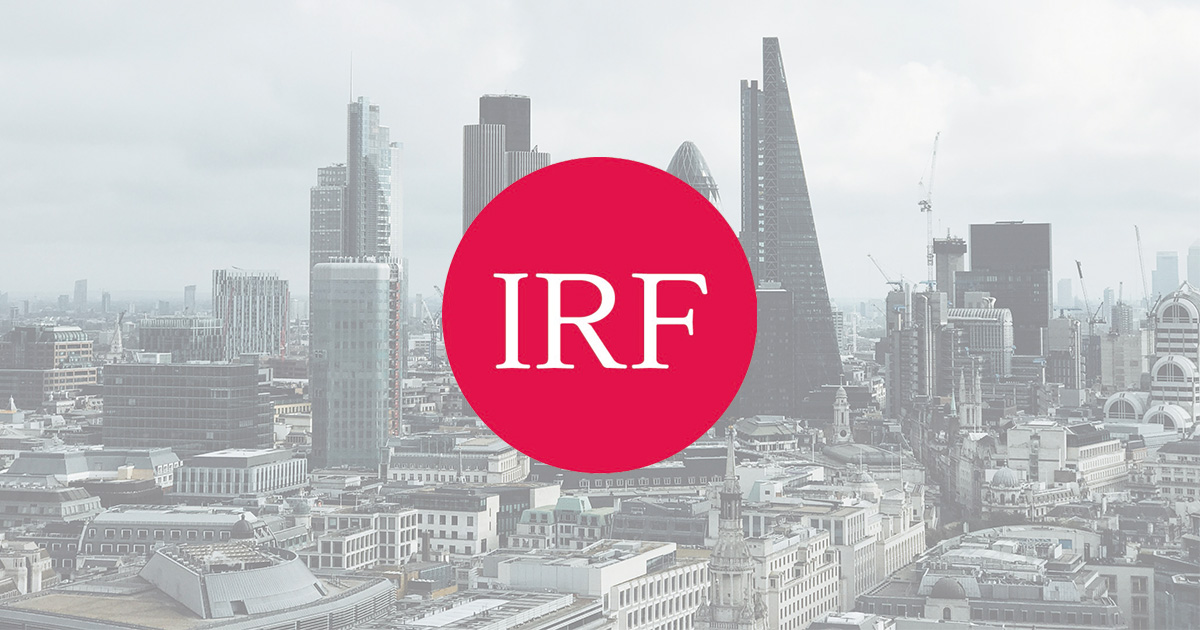Inflation expectations: Will it be different this time?
Economic Perspectives
Thu 27 Aug 2020 - 15:00
Summary
Peter Warburton focused his talk on inflation dynamics during a massive monetary regime change. Whilst consensus is that we won’t see inflation until the economy is fully back on track, after Covid-19 in say 12 to 18 months’ time, Peter argues that inflation is a near-term issue and that we should not adopt a relaxed attitude to its arrival. Inflation has become more and more difficult to predict and needs to now be done on a bespoke country by country basis. Economic Perspectives when forecasting inflation looks at geopolitics, local politics, inter-generational dynamics, as well as the traditional macro financial economic forces. It is clear that since the GFC balanced government budgets are completely unsustainable. Peter says that QE is permanent and an irreparable wedge between public deficits and bond issuance has been driven, and inflation targets have been discredited and irrelevant. The last few years have been very negative for the movement of goods, people, capital and trade. The emergence of powerful global tech monopolies has been inhibiting factor mobility and economic progress. And now Covid represents an existential threat to this weakened monetary regime. This regime will need to change as we need inflation to devalue the healthcare sector and pension claims of baby boomers and to make way for new priorities such as cleaner energy, better infrastructure, job security etc.. Peter believes whilst one should take in to consideration Keynesian economics, monetarist / money supply and fiscal models, and the oil price, the most dominant influence of inflation over the past 20 years has been at the supply chain running from EMs to DMs and is a conduit of either inflationary or deflationary pressures. If we are in a period of de-globalisation and supply chains are localised then the bias will be to inflation. In terms of near-term inflation surprise we should look at the private credit system which has not imploded the way it did in 2008 and at the supply-side which has never before seen a complete lockdown and social distancing; these two situations constitute negative supply shocks with inflationary connotations. With inventories depleted and not easily replenished we can’t overestimate the significance of the scale and scope of government intervention to support prices. The government’s augmentation of private demand is very relevant for inflation dynamics. Peter believes that a nominal recovery will outstrip a real recovery throughout the rest of the year, which is at odds with a lot of market commentary. We only need to look at history to see that we have had inflationary recoveries in US and UK consistently, take for example in the 1970s. The rally of breakevens and inflation swaps over the last couple of months could have much further to travel with an extraordinarily high deflation probability built in, an inflation rebound view is completely out of the money and is almost a free option. Peter believes that in two to three years’ time we will end up in a period of stagflation whilst he thinks we are still not out of the woods in terms of a depression with furlough schemes, subsidies and loan guarantees likely to come to an end and a cliff edge situation arising. Expect private sector recovery to peter out by next spring and the stalled debt delinquency default cycle to resume. However, this depression scenario is not necessarily a deflation event. A reluctance to restart the production system has stabilised output at a lower level but with inflationary momentum. We are watching the demise of a 40 year old monetary regime where we could see inflation at 4%, 5% or higher. In advanced economies we have opened up the door to inflationary risk, untethering the wolf of inflation where its free to rise. Peter identifies further downside risks for US dollars and favours oil and copper in this inflationary environment. If overall oil demand returns to normal levels in 2021, expect the rise to rise significantly as there are many reasons why the shut in supply will not come back and we could lose 2 to 3 million barrels a day from production.
Topics
How a monetary regime change is underway that unleashes the inflationary wolf
Neither the Keynesian output gap analysis nor the monetarist inflation frameworks are reliable under current circumstances
Supply-side dynamics will play a key role in the evolution of inflation
Significance of the scale and scope of government intervention
Credit system is impaired but has not imploded
Inflation and ex/r are the only free variables in the system
Expects a near-term inflationary spike, but the possibility of an abrupt reversal in 2021
Medium-term outlook is stagflation.
